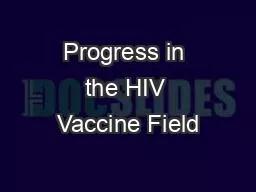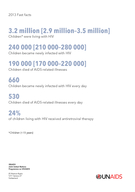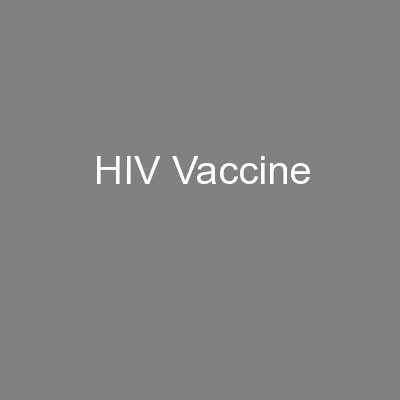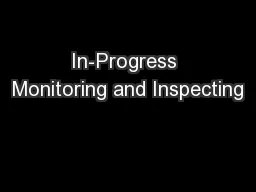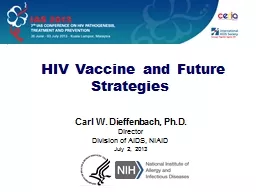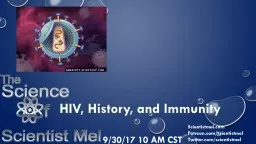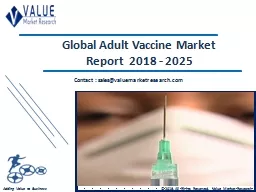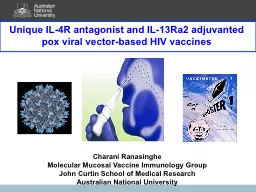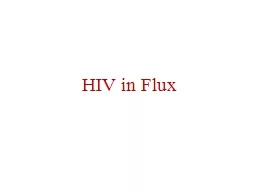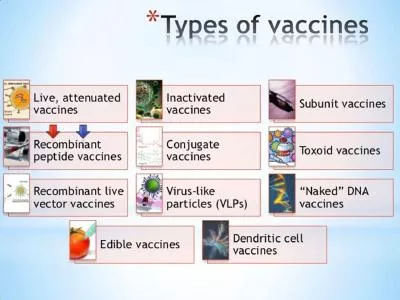PPT-Progress in the HIV Vaccine Field
Author : eatsui | Published Date : 2020-08-03
Larry Corey MD Principal Investigator NIAID supported HIV Vaccine Trials Network HVTN Past President and Director Fred Hutchinson Cancer Research Center Professor
Presentation Embed Code
Download Presentation
Download Presentation The PPT/PDF document "Progress in the HIV Vaccine Field" is the property of its rightful owner. Permission is granted to download and print the materials on this website for personal, non-commercial use only, and to display it on your personal computer provided you do not modify the materials and that you retain all copyright notices contained in the materials. By downloading content from our website, you accept the terms of this agreement.
Progress in the HIV Vaccine Field: Transcript
Download Rules Of Document
"Progress in the HIV Vaccine Field"The content belongs to its owner. You may download and print it for personal use, without modification, and keep all copyright notices. By downloading, you agree to these terms.
Related Documents

